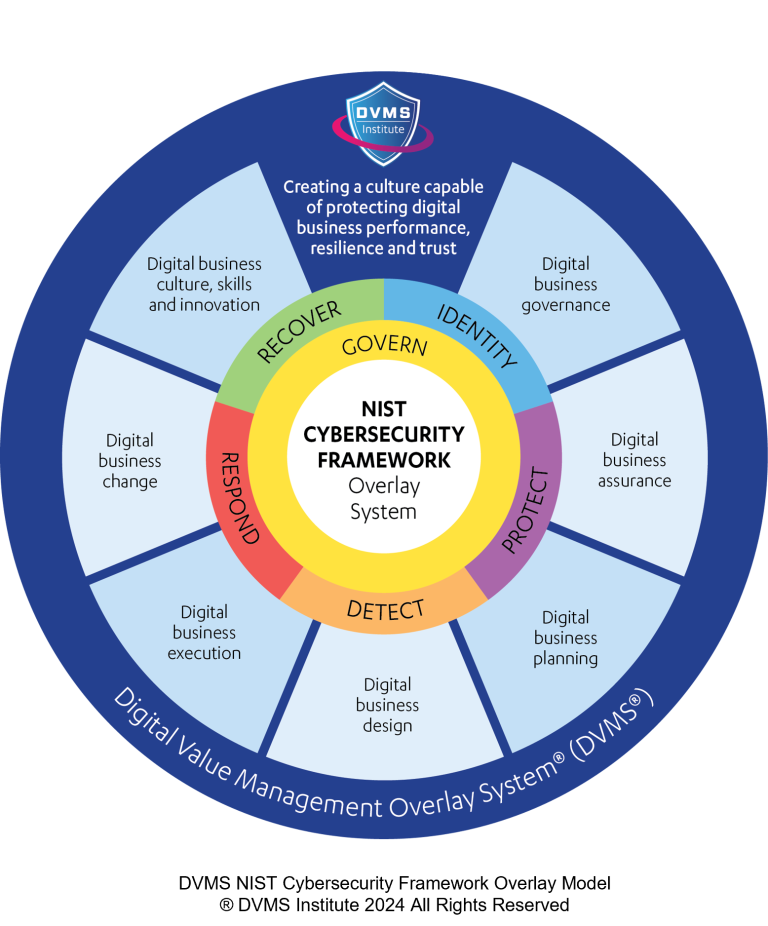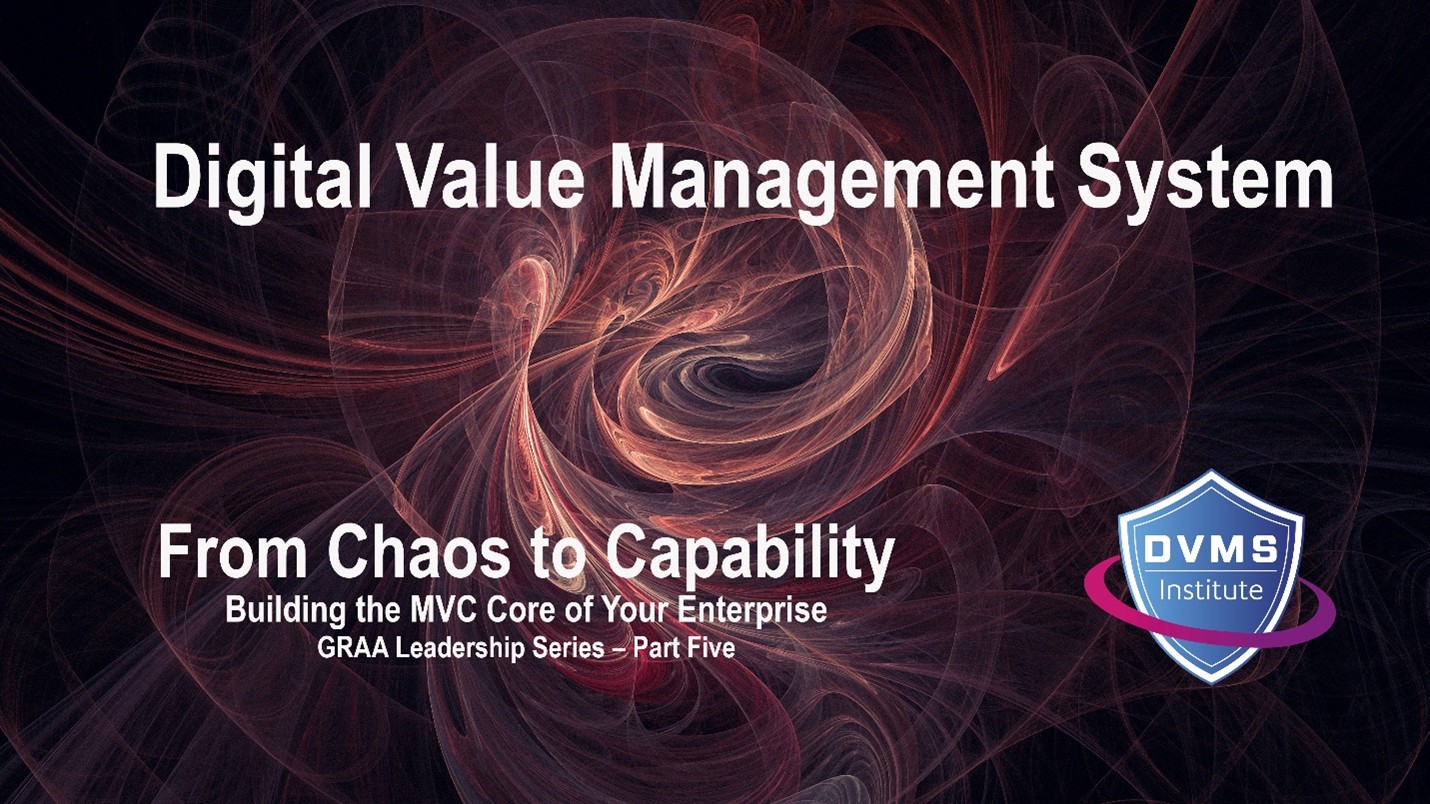Building the Organizational Capabilities to Protect Digital Business Value and Client Trust
Rick Lemieux – Co-Founder and Chief Product Officer of the DVMS Institute
In today’s rapidly evolving digital landscape, organizations face the dual challenge of safeguarding their existing digital business value while innovating to stay ahead of the curve. To successfully navigate this complex terrain, organizations must embrace four critical aspects of innovation: cultural transformation, technological agility, strategic foresight, and risk management.
Cultural transformation is the bedrock upon which innovation thrives. It involves fostering a mindset that embraces change, encourages experimentation, and rewards failure as a steppingstone to success. By cultivating a culture of innovation, organizations empower their employees to think creatively, challenge the status quo, and propose disruptive ideas. This cultural shift is essential for unlocking the full potential of innovation initiatives.
Technological agility is the ability to quickly adapt and leverage emerging technologies to create new value. In the digital age, technology is evolving at an unprecedented pace. Organizations must stay abreast of the latest trends and invest in the necessary infrastructure and skills to capitalize on these advancements. By embracing technologies such as artificial intelligence, machine learning, and blockchain, organizations can streamline operations, enhance customer experiences, and develop innovative products and services.
Strategic foresight is anticipating future trends and proactively shaping the organizational response. By understanding the broader technological, economic, and social forces, organizations can identify potential opportunities and threats and develop strategies to capitalize on the former while mitigating the latter. Strategic foresight enables organizations to make informed decisions about resource allocation, partnerships, and investments, ensuring that their innovation efforts are aligned with their long-term goals.
Risk management is an integral part of the innovation process. While innovation is inherently risky, organizations must have robust risk management frameworks to mitigate potential negative consequences. This involves identifying, assessing, and mitigating risks at every stage of the innovation lifecycle. By proactively managing risks, organizations can protect their investments, maintain business continuity, and ensure that their innovation efforts deliver sustainable value.
By embracing these four aspects of innovation, organizations can create a resilient and future-ready digital business. Cultural transformation lays the foundation for innovation by fostering a mindset of creativity and experimentation. Technological agility enables organizations to harness the power of emerging technologies to drive innovation. Strategic foresight provides the foresight to anticipate future trends and shape the organizational response. Risk management ensures that innovation efforts are undertaken to mitigate potential risks and maximize possible benefits. By integrating these four aspects into their overall strategy, organizations can unlock the full potential of innovation and secure their long-term success in the digital age.
About the Author

Rick Lemieux
Co-Founder and Chief Product Officer of the DVMS Institute
DVMS Institute is a renowned provider of accredited (APMG International), Assured (NCSC-GCHQ-UK), and Recognized (DHS-CISA-NICCS) NIST Cybersecurity Framework, certification training programs designed to teach organizations of any size, scale, or complexity how to manage their organizational cyber risk and resiliency.
For cyber risk management, the DVMS FastTrack model provides a phased approach to adapting the NIST Cybersecurity Framework functions and its controls across an enterprise and its supply chain to identify and mitigate organizational cyber risks.
For cyber resilience management, the DVMS CPD overlay model provides a holistic approach to connecting digital ecosystem outcomes to organizational culture. This unique approach puts leadership and culture at the center of delivering continuous digital business quality, reliability, and trust.
Rick has 40+ years of passion and experience creating solutions to give organizations a competitive edge in their service markets. In 2015, Rick was identified as one of the top five IT Entrepreneurs in the State of Rhode Island by the TECH 10 awards for developing innovative training and mentoring solutions for boards, senior executives, and operational stakeholders.
® DVMS Institute 2024 All Rights Reserved




